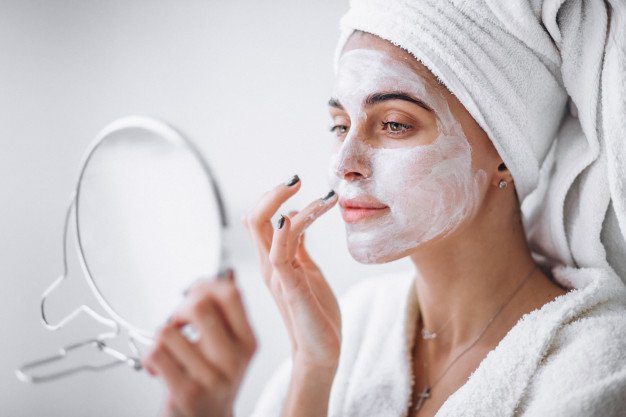Life is full of challenges and it is your responsibility as an individual to make it work to your advantage. It is not that easy to balance between meeting your daily bills and living your dream. That is why you see everybody working very hard just trying to make ends meet. Sometimes life can be somehow unfair to you especially if you are the kind of person who is going through a financial or social crisis. Such frustrations in life are common and those who are affected are full of thoughts, thinking of how they can turn things around. That results in stress and if the stress levels are not well managed the situation might get worse and you end up suffering from depression.
When you are stressed, the body releases more of the cortisol hormone, which ends up causing a lot of damage to the skin. That is why you get to complain about dry and itching skin when you are stressed. When your skin gets damaged by the stress-related hormones, wrinkles (parallel lines) appear on your face. The wrinkles make you look much older than your age and reflect your sufferings. They make you feel uncomfortable and the look is not that appealing.
To ensure that your body is not exposed to such unbearable conditions, there are a few things you need to do to avoid living in hell and start living a healthy life.
Give your body ample rest:
Remember that when you overwork the body, the mind also becomes tired. You need to give your body ample rest so that the mind can relax too. You are supposed to sleep for not less than six hours a day so that the mind and body can have enough time to repair any damage from the day. When you go to sleep, ensure that your head is resting on a wrinkle prevention pillow. This is because in most cases when you are sleeping, the turns and twists may result in sleep wrinkles. A wrinkle prevention pillow reduces and prevents those sleep lines drastically and you wake up looking absolutely flawless.
Eat food and drinks rich in antioxidants:
Make sure that you eat food with high fiber content, low in saturated fats and rich in vitamins too. The leafy green veggies are a good source of fiber, while fruits provide vitamins. Nuts and berries are also useful together with foods rich in Omega-3 such as wild salmon. Try drinking herbal tea as it will help to calm your mind. Water is also very important as it helps to hydrate the skin and to detox the body.
Go out and have fun:
Many people work extremely hard and they forget to give themselves time to have fun. You need to set aside time for having fun! If you know what makes you happy, don’t sit back and wait. Go out there and have some fun. When you are having a good time with family or friends, you forget about the worries and stress at least for a moment. Life is too short, so stay happy always.
Read Also:






















